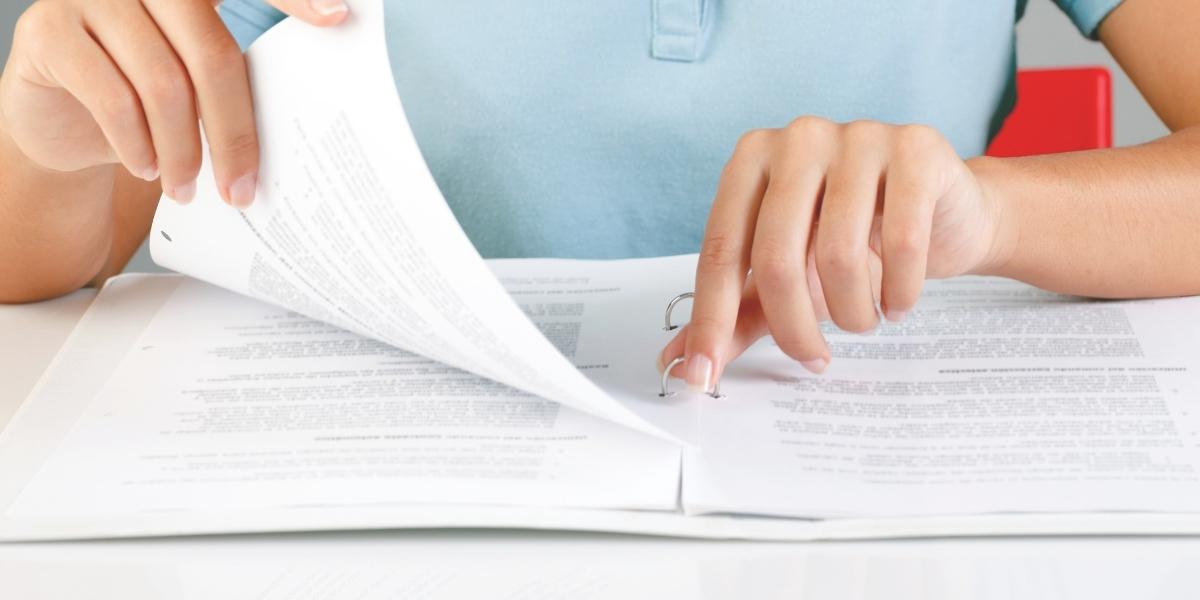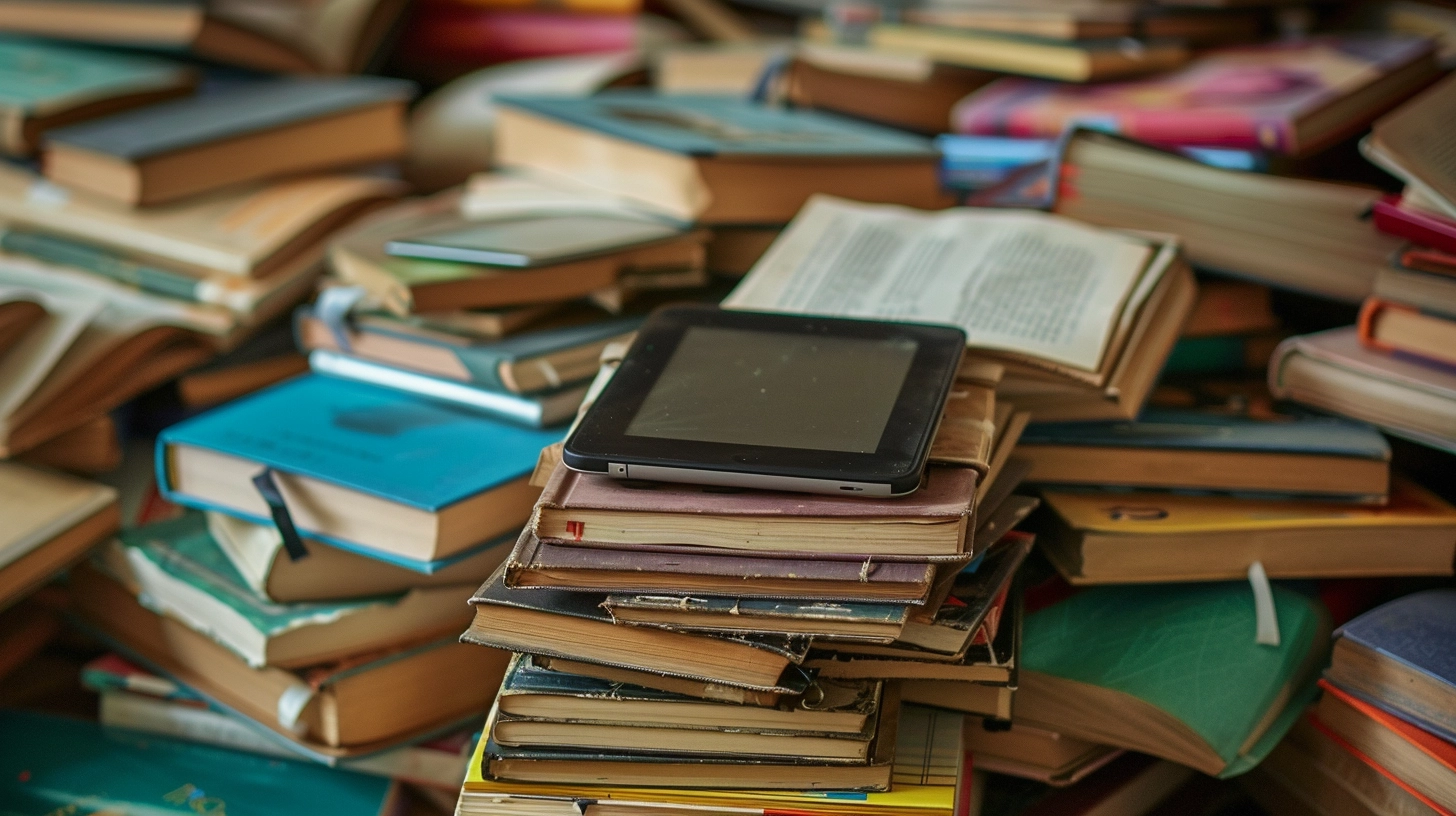Most folks wouldn’t really think about putting together an emergency documents binder until it’s too late. I mean, who wants to spend time pondering worst-case scenarios? Not me. Plus, it’s not like we have any real experience with crises or disasters. Oh wait…
The devastating Australian bushfires in late 2019 to early 2020 not only displaced three billion animals, but also destroyed nearly three thousand homes.
In 2021, there were 1,377 tornados in the United States alone.
The Ahr Valley in Germany is still recovering from the massive, dramatic flooding of the summer of 2021.
We’ve been bearing witness to a provoked war, which, as of today, has displaced 14 million Ukrainians. Watched from afar as entire communities in Israel are evacuated. When does this all end?
I’m not trying to bum you out, I promise. The point is this: disasters and crises can happen anywhere, anytime, and for a variety of reasons. I had to ask myself recently: What would I grab if I had to leave my home immediately, right this minute?
What would you take?
Every homeowner and apartment dweller should have their vital documents in a grab ‘n go folder, yet few do. Here’s why it’s a good idea to have one, and what to put in an emergency binder so it has the things you’d need to help manage a disaster or major crisis.
Why Should You Create an Emergency Documents Binder?
Disasters and Crises
You can’t prepare for every possible emergency. I personally don’t think it’s worth worrying yourself silly about things that likely will never happen, either. Nonetheless, it can’t hurt to use some common sense by keeping a few basic emergency supplies on hand and having your critical information organised in a binder, ready to go when you need to grab it.
Things could fall apart pretty quickly if you had to scoot, but don’t have your papers in order. If something bad happens, do you have easy access to important documents like your passport, home insurance policy, health insurance card, and driver’s license? What about the deeds to property, or your birth certificate?
Without these documents, you might find yourself on the outside looking in if anything bad were to happen. Creating an emergency documents binder is a relatively easy task that can provide some peace of mind.
In the event of an emergency, a fire, attack, or natural disaster could force you to flee at a moment’s notice. If that were to happen, you’d want to make sure you have all your important documents in one place. This is where a grab ‘n go documents binder comes in handy.
A home binder can help you locate key paperwork quickly, such as policies and contact information for your insurer or mortgage provider. It can also contain copies of essential financial records such as bank account information, your last tax return, and birth certificates so you can later file to replace lost originals more easily.
Having your important papers in order if you need to suddenly scoot will make it easier to get back on your feet if you’ve had to evacuate.
Injuries or Death
Beyond such unforeseen dramatic events, there’s another reason to have an emergency documents binder on hand: for your affairs in the event that something happens to you.
Many people have no will. And fewer than half of all folks keep their insurance policies in a safe place, let alone know what their policies actually cover.
Again, it’s not the most fun topic to think about, but it’s good sense to have a plan in place in case you get injured or pass. This means having your policy and contact information readily available, as well as an inventory of your assets.
Many financial experts recommend putting together an “in case of emergency” binder filled with this information. It serves two purposes: first, it ensures that the inner circle of people you trust can access everything they need if something happens to you. Second, it helps them see your full financial picture so they can make informed decisions in the event of an emergency, when you cannot.
What Should You Include in an Emergency Documents Binder?
What do you need in an emergency grab ‘n go binder?
Whether it’s bank accounts, pension schemes and storage facility or doctor infos, supplementary insurance details, or your medical history: your binder should bundle the most important names, contact details, and information.
Some people have organised their files very neatly already: house, bank account, statutory health and pension insurance: boom, done. Beyond such standard documents, the content of your documents binder will depend on your personal situation, such as if you’re pensioned or a business owner. For example, if you freelance or run your own business, you’ll want to make a copy of business accounts and customer files for your emergency folder.
Entrepreneurs will want to have a copy of their employees’ records in their file, and those who have accumulated wealth will need a run down of where their hard assets are held, such as real estate or shares.
Whatever your situation may be, I recommend choosing a fire-proof documents binder to organise your emergency files. The binders with page protectors are great. They offer additional protection against moisture, tearing, and dirt.
Here are a few options I found for you:
To ensure that you do not forget any basics, here’s a checklist you can use as a framework to organise your individual emergency documents binder.
Personal Data & Family Information
- If you live with family, create a family information sheet with their names, dates of birth, and indication of any medical issues or disabilities they have.
- Include your most important contact details, e.g extended family members, close friends, and lawyer.
- Make a copy of your identity card or passport, and your family register.
- Make a copy of your national health insurance card.
- Have a copy of your divorce papers and settlement agreement in your file, if applicable.
- Keep your original birth certificate, marriage certificate, any death certificates, and social security card in your documents binder.
Assets
- Create an overview of all the bank account numbers you have, from current accounts to PayPal, overnight deposits, brokerage or savings accounts.
- If you have a safe deposit box, indicate where. Ideally, you should regulate access to your box in advance with your bank.
- Make a copy of your deed if you’re a home or condo owner, or owner of any other type of real estate such as commercial properties.
- Including a copy of your last tax return can’t hurt, either.
Pension & Social Security Benefits In the Event of Invalidity or Death
Whether you might need long-term care or want to provide for your surviving dependents: taking precautionary measures is important. By doing so, you can create the conditions you wish so claims can be made with fewer complications.
- Make a copy of your statutory pension, occupational or corporate pension, and private pension fund information.
- Include copies of any supplementary insurance policies you have, such as accident or life insurance.
- Always act immediately in such an event, so as not to jeopardise important deadlines for filing claims to benefits.
Dispositions, Injunctions, Power of Attorney
- Keep your testament in your emergency documents binder. If it is archived with your local notary, make a copy of it for your binder.
- Make a copy of any living will, proxies, or power of attorney.
- Keep a copy of any bank mandates in your binder.
Medical History
- List any illnesses (diabetes, thyroid etc.) or operations (bypass, pacemaker etc.) as well as any medication you take.
- Indicate your allergies and intolerances.
- Make a note of the contact details for your doctors and specialists.
- Keep a copy of your blood or organ donor card in your emergency documents folder.
Entrepreneurial Documents
- Make a note of which employee(s) should make any decisions in your absence.
- Make a copy of your business bank documents.
- Here also, keep a copy on file of any powers of attorney for your business.
Digital
- Keep a slim harddrive with a backup of your computer backup (yes, redundancy is key!) in your emergency documents binder. Make it a habit to keep it updated at least once monthly. The tiny but rugged Sandisk SSDs are perfect for this.
- If you use cold storage for your crypto, it’s a good idea to also keep your wallet in your fire-proof binder.
You can add to this list of course to tailor it to your particular situation.
If you want to get super organised, you could also add an index of all the documents in your documents binder to the front page. This makes it even quicker to find what you need in your folder.
Where Should You Store Your Emergency Documents Binder?
A large part of your life will be in your binder, which is why it should not lie around on your coffee table. On the other hand, it will not serve its purpose if you hide it so well that you forget where it is when the time comes to grab it. Therefore, take your time to think about a good place to keep it. Someplace where it is not accessible to everyone, but still within easy reach in an emergency. I keep mine in a fire-proof, water-resistant document bag near the door, together with a couple of other items I would want to grab if I ever had to get out fast.
Once you’ve decided where to store your documents binder, let your immediate family members or close friends know where it is. This way, if something were to ever happen to you, they know where to find your vital information.
Take the time to create an emergency binder next time you have a rainy afternoon. It can give you a good feeling of security even if it will likely never have to be used.
Conclusion
In an emergency, you might not have access to original paper copies of important documents. Creating a grab ‘n go emergency documents binder in advance is a minimal amount of effort that could have a massively helpful impact if a worse-case situation were to ever crop up.
A well-organised emergency binder can mean the difference between chaos and calm. Between getting back to normal life and being in limbo for weeks on end.
Have you already created one, or have you been considering it? Let me know in the comments below.












Leave a Reply